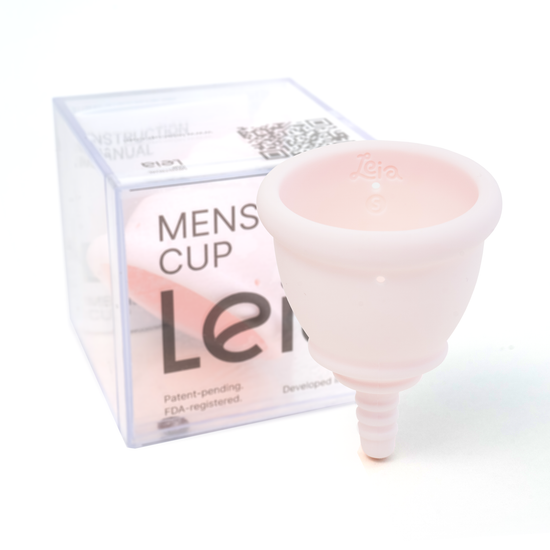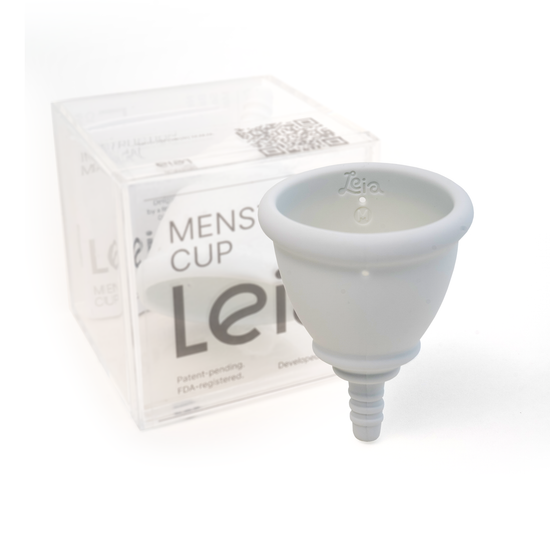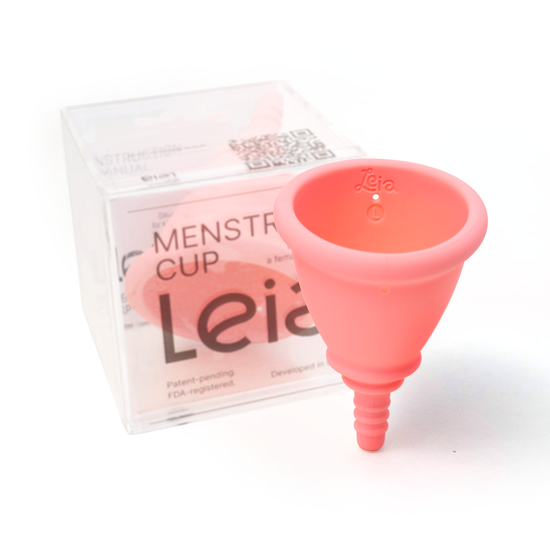Bacteria in the vagina, do we need them there?
Inside you is a whole universe! Don't rush to ask NASA for help or run for a pregnancy test. Now we're talking about the "vaginal microcosm." This is a very important topic for every woman, as by keeping our inner world balanced, we help our body to stay healthy, lively, and efficient.Gynecologists use the term "vaginal biocenosis." Yes, there are many bacteria living in the vagina that help maintain women's health.
The function of vaginal microflora is to maintain a healthy and stable environment in the vagina by:- Regulating pH: Vaginal microflora helps maintain an optimal pH level of around 4.5. Low pH kills or slows the growth of pathogenic microorganisms.
- Hydrogen peroxide production: It prevents the growth of pathogenic microorganisms.
- Strengthening the immune system: Vaginal microflora also helps strengthen local immunity. Vaginal bacteria compete with pathogens for nutrients and space, and stimulate immune cells for more effective protection against infections.
- Promoting fertilization: Normal vaginal microflora promotes an optimal environment for sperm and helps increase the chances of getting pregnant.
- Vitamin synthesis: Some types of vaginal microflora can synthesize certain vitamins, such as vitamin K, which plays an important role in blood formation and the immune system.
Meet the superheroes of this micro-world – Lactobacilli. They're like the guardians, maintaining the right acidic environment to protect against harmful infections and participating in the selection of "quality" spermatozoa.
There is also conditionally pathogenic flora - bacteria that should be present and help Lactobacilli, but their quantity and type should be limited. In case of imbalance and a decrease in the quantity of Lactobacilli, conditionally pathogenic flora starts to grow actively and occupy the "vacant places" where Lactobacilli used to live. It is the growth of conditionally pathogenic microflora, such as ureaplasmas or Gardnerella, that often causes various inflammatory diseases in the vagina and weakens a woman's immunity. If you notice symptoms such as itching, abundant discharge, discomfort or pain during sexual intercourse, and/or unpleasant odor in menstruation and outside of it, you should immediately consult a doctor for further diagnosis, exclusion of sexually transmitted infections, and prescription of further treatment based on the results of the doctor's examination and tests.
Now, here's the lowdown on keeping this universe in balance:
- Disruption or improper hygiene. If a woman does not observe hygiene or uses products that can change the vaginal pH (such as regular soap), the best means for intimate hygiene is water. Yes, absolutely healthy women do not need to use additional products.
- Taking oral contraceptive pills. This is associated with changes in a woman's "normal" hormonal background.
- Digestive system disorders (constipation, dysbiosis). Since Lactobacilli colonize the vagina by migrating from the intestines, in case of an imbalance in the intestinal microflora, the quantity of Lactobacilli decreases.
- Uncontrolled use of antibiotics and self-medication. Unfortunately, antibiotics do not selectively target pathogenic bacteria, and in case of unjustified and uncontrolled use, "good" bacteria are also killed.
- Use of improper hygiene products and/or failure to change disposable pads and tampons regularly.
The last point is easily solved by using menstrual cups. Due to the fact that cups are made of a material that does not come into contact with the vaginal microflora, we do not experience any disruptions. Additionally, the "change" period can be as long as 4-6 hours, allowing us to find time and not postpone the change for a longer period. Cups are easily washable and sterilizable, which prevents bacterial growth when not in use. Cups are an excellent alternative to traditional pads and tampons.
Your vaginal universe is incredible. Let's keep it that way!




